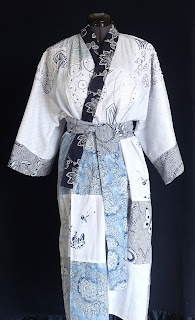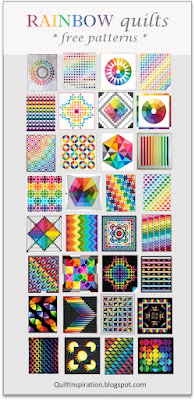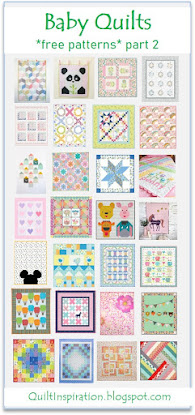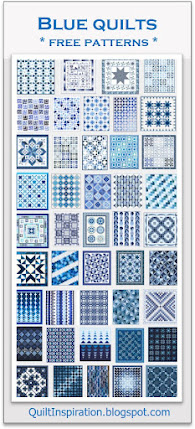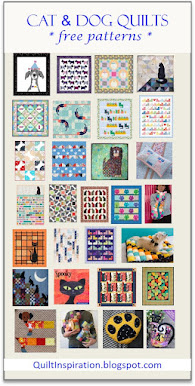Fast forward to 2011, and to Bruce Seeds' impressive art quilt portfolio. One of his Facebook fans sums it up: "Your quilts are astounding. They belong in a museum of quilts." ~Maxine Rosenthal
Paisley, 85 x 85, by Bruce Seeds
The quilts are composed of small triangles that are grouped into hexagons, each hexagon resembling the view through a kaleidoscope, and each made up of six identical triangles. The hexagon elements are then arranged into a whole, in a process similar to the construction of a mosaic, prior to stitching. In "Paisley", Bruce created the illusion of a third dimension by placing some of the lighter blocks on top of a black inner border and frame. There is great balance and harmony, along with energy, in this composition.
Metro, 86.5 x 87, by Bruce Seeds
"Metro" is the second quilt which Bruce Seeds made. He has shared photos at his photostream on Flickr. There you can see some of the original fabrics, including the amazing black-and-white animal print that was used to construct "Metro".
The Ring, 82 x 82, by Bruce Seeds
The Ring, above, was exhibited at the Grand Rapids Public Museum in September 2010 during the ArtPrize exhibit. It is the 13th work in Bruce Seeds' portfolio (he is now finishing number 18). This quilt started with a gorgeous floral print in rusty reds, sage greens and whites against a black background (below). Bruce divided the fabric into over a thousand triangles and then arranged them to construct the stunning quilt shown above.
We are struck by the beauty of Bruce Seeds' quilts, and we are also curious about his transition from an architect and web designer to a quilter (Oh, and he still does web design.) We had a chance to ask Bruce a few questions about his work:
Quilt Inspiration: How does your experience as an architect impact your quilting?
Bruce Seeds: Architecture for me is a balance of tending to detail while also working the overall composition. This is also true for my quilted textile mosaics. When my seams are straight, when my corners come together in points, they enhance the overall work. The big difference is that my mosaics quilts are composed as they are constructed, while buildings are generally designed first and then constructed. Having to stay in the present and always thinking about the composition is what holds my interest in making this type of quilt. If I were making quilts from patterns, it would be like constructing a building that someone else designed, and for me that wouldn't be nearly as much fun.
Q.I.: Do you think you were 'born' to be an art quilter, and if so, what forces or influences caused you to go into architecture and computer design first?
Bruce Seeds: I went into architecture because it presented a balance between science (structure) and art. Because I worked at large firms, I rarely got to experience the art and spent most of my time on the computers working detail. I parlayed that computer experience into web site design, which gave me more opportunity to create. As the economy tanked in 2008, I took the opportunity to move even further into the creative by trying my hand at mosaic quilting. And this work has the best balance for me between detail and artistic expression. Was I born to be an art quilter? No more than anything else that strikes a balance between the detailed and the expressive.
Q.I.: What challenges have you encountered in quilting (any artistic, technical, societal, or professional challenges?)
Bruce Seeds: My pieces are large, which means they are expensive, which means they don't exactly fly off the shelves. So sales, for one. But that's getting better as I get more notice. Beyond that, I'm not much of a networker, so to the extent that I'm missing out on opportunities because I'm not out there rubbing elbows, that's a challenge.
Q.I.: How do you see your work evolving in the future ?
Bruce Seeds: One part of the answer lies in the way I've recently decided to start describing my work as quilted textile mosaics. They are, at their essence, mosaics. And I plan to explore mosaic compositions in other mediums using techniques similar to what I'm doing with cotton fabric. In addition, I plan to find more of my voice and do work that says something more specific about my life.
Additional notes: Images are shown with the generous permission of the artist. You can find Bruce Seeds at bruceseeds.com, at his Facebook page, and at his online shop. In 2010 he was featured in M magazine (click for the .pdf article) and exhibited at ArtPrize 2010. Recently, he was interviewed by Nancy Zieman for the Sewing with Nancy television show (click to see a studio shot).


















































